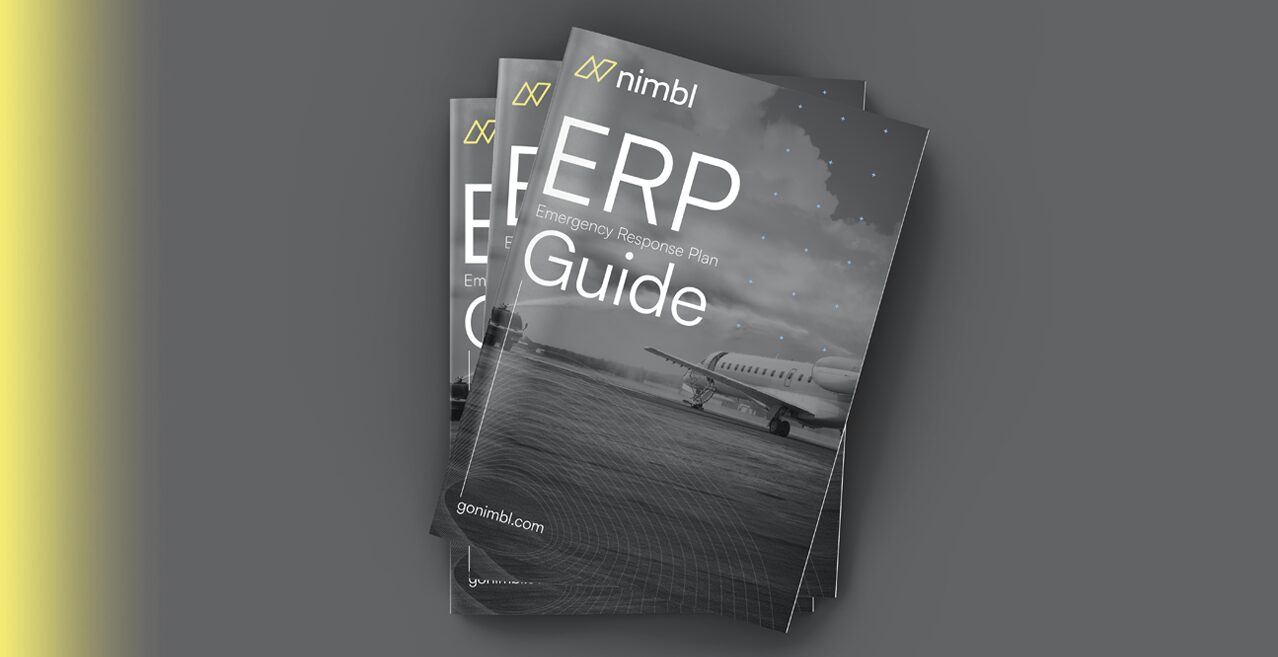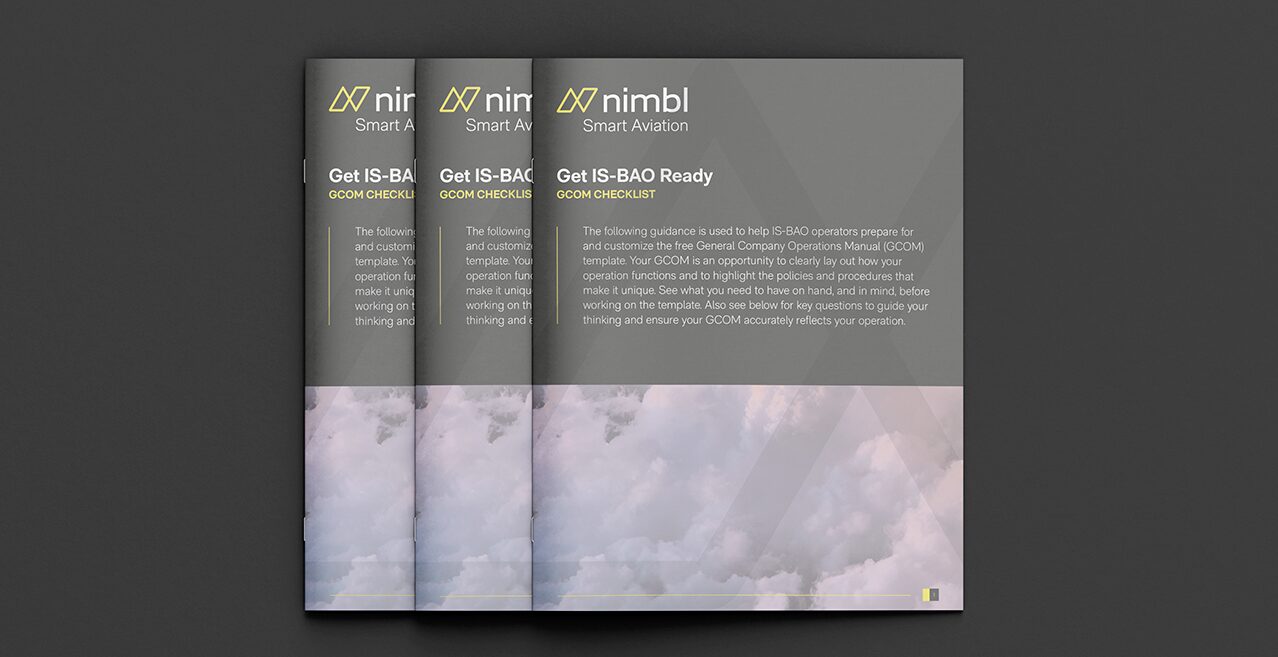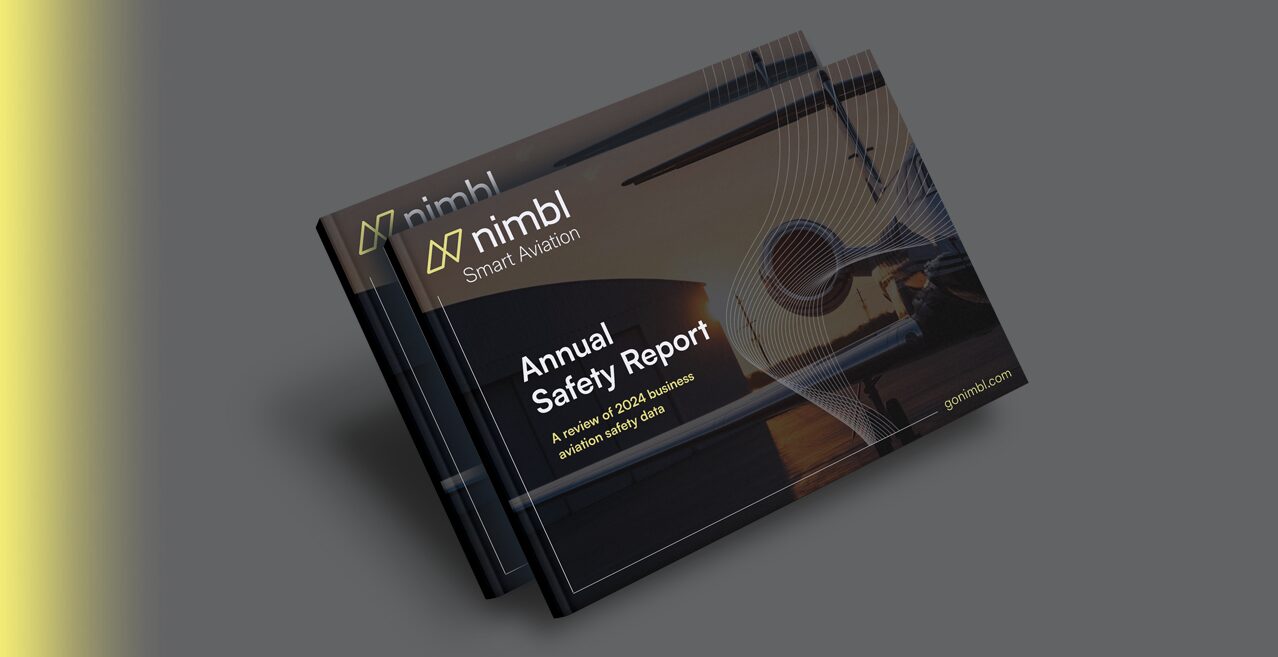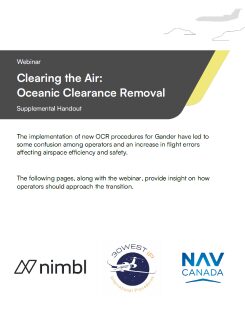LOAS: What They Are, Who They’re For, And How To Get Them

You have probably heard about Letters of Authorization (LOA). But do you know what they are or if they apply to you?
If you are a Part 91 operator, chances are you have heard about Letters of Authorization (LOAs). There is also a good chance that you’re not entirely certain what they do or if they even apply to you.
What are LOAs?
An LOA is a formal approval issued by the FAA to Part 91 operators. With an LOA, an operator can engage in a specific flight activity that requires authorization. For example, if you want to fly in Reduced Vertical Separation Minimum (RVSM) airspace, then you must have an RVSM LOA. But if you have no plans of using RVSM airspace, then you don’t need the LOA.
Each of the following types of operation require FAA authorization and thus its own LOA:
- Reduced Vertical Separation Minimum (RVSM)
- Required Navigation Performance (RNP) -10/4
- North Atlantic High Level Airspace (NAT HLA)
- Area Navigation (B-RNAV / RNAV-5 and P-RNAV / RNAV-1)*
- Data Link Communications (ADS-C / CPDLC)
*Although an LOA is not required for domestic US operations, foreign countries may require authorization (i.e., an LOA) prior to conducting these operations in their airspace.
(Automatic Dependent Surveillance – Broadcast (ADS-B) Out operations formerly needed an LOA. However, in late 2018 the FAA removed this requirement and is not issuing any LOAs for ADS-B Out operations. NOTE: ADS-B In operations does still require an LOA).
Who Needs an LOA?
The FAA issues LOAs to the aircraft’s operator. According to the FAA, an operator is the entity having operational control of the aircraft for a particular flight. Operational control is defined as having the ‘exercise of authority over initiating, conducting or terminating a flight’ (14 CFR Part 1.1).
It is important to note that:
- The operator is not necessarily the manager or owner of the aircraft.
- For the LOA to be in effect, the operator named on the LOA must be the same as the operator who has operational control of a flight.
- If multiple operators operate the same aircraft, then separate LOAs for each operator are required.
How to Apply – Traditional Process
Applying for an LOA typically means:
- Preparing the required operations procedures (either as a standalone manual or appendix to existing manual)
- Completing an application to the FAA, including a cover letter and any available FAA checklists, forms or job aids
- Gathering all supporting documentation required by the FAA (copies of AFM pages, training certificates, etc.)
- Submitting the application to the FAA
It is essential that you carefully follow all FAA instructions and include all necessary documents. Failure to do so could delay your application or be grounds for denial – so always double-check everything before submitting!
How to Apply – SLOA Process
FAA Streamlined Part 91 LOA Approval Process (SLOA)
If eligible, you may opt to apply for your LOAs through the FAA Streamlined Part 91 LOA Approval process (SLOA). This process allows you to apply for up to 10 LOAs with your ASOC (Aircraft Statement of Compliance), TSOC (Training Statement of Compliance), and PSOC (Procedures Statement of Compliance). The process allows for a simple application and a quicker approval process versus the conventional method.
Easier, Faster LOAs
The streamlined process can take months off the authorization timeline as the required documentation directly verifies your aircraft’s capabilities. It also requires much less paperwork:
- Fill out a single form
- Attach proof that the request complies with the three SOCs
Application Process
- Ensure you are eligible.
To be eligible for this program you must meet the following:- FAA Part 91 operator
- Applying for an aircraft being delivered from the manufacturer for the first time
- Possess the necessary documentation
Note: This application cannot be streamlined without the necessary documentation. Please be sure that your documentation is both valid and current to avoid delays.- ASOC: Provided by the aircraft manufacturer
- TSOC: Provided by your training vendor
- PSOC: Provided by your procedures provider, like Nimbl
- Contact your FSDO to discuss the application process and expectations.
- Although not mandatory, it is highly recommended to refer to the guides published by the FAA when applying for LOAs.
- Gather additional documentation (e.g., sample flight plan)
- Submit your application to the FAA
*It is encouraged to submit your application up to 60 days before the aircraft delivery.
Once you submit your application, as long as the documentation is accurate and up to date, the expected turn time to receive feedback is 30 days or less.
Nimbl can assist you with obtaining your LOAs. To learn more, contact us today.



